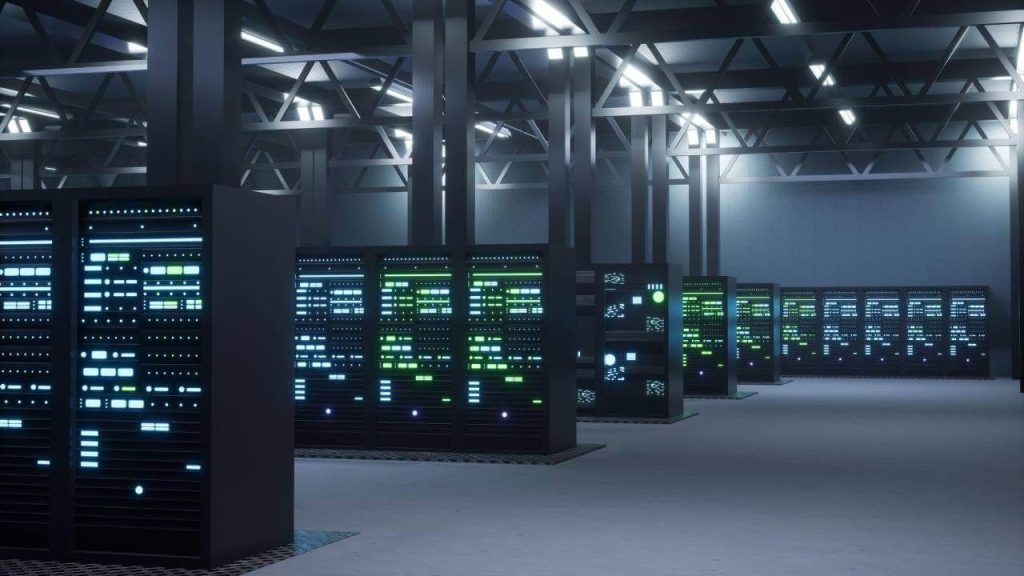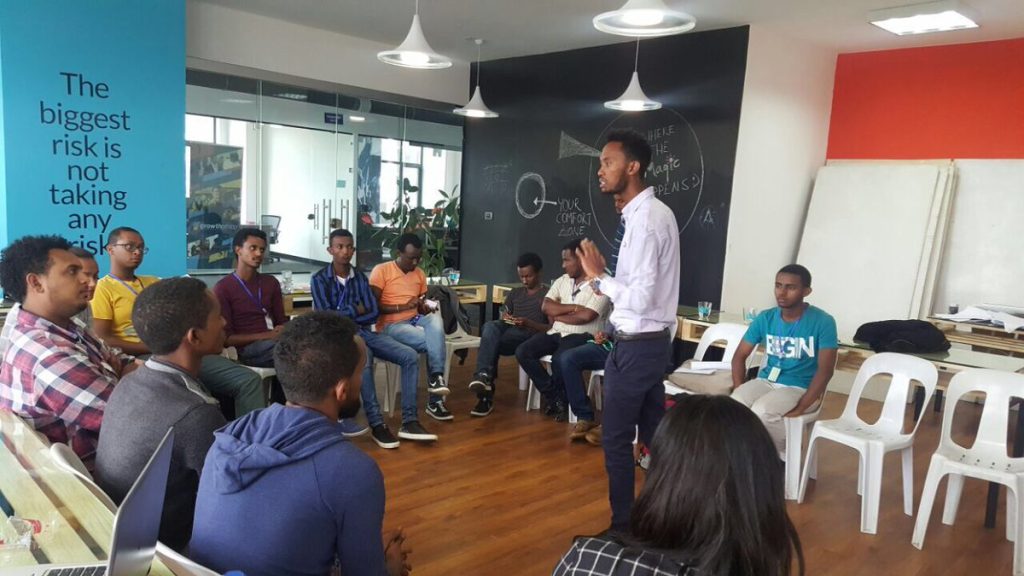Idris Alubankudi Saliu, former CTO of Interswitch Group and the co-founder of Ceviant Finance, submitted this guest article to TechCabal.
As the age of digital transformation gathers pace, Nigeria stands at a crucial crossroads. Central to this transformation is the role of the National Identity Management Commission (NIMC). With the recent transition of the NIMC to the Federal Ministry of Communications and Digital Economy, it’s essential to understand the multifaceted reasons to maintain this new alignment and why it offers the best prospects for a Digital Nigeria.
1. A Unified Vision: President Muhammadu Buhari’s decision to move the NIMC under the Ministry was not arbitrary. His vision of the NIMC as a cornerstone for the objectives of the National Digital Economy Policy and Strategy (NDEPS) reflects a desire for unity of purpose. Housing the NIMC within this ministry consolidates efforts and streamlines the approach to achieving a digital economy.
2. Efficient Monitoring & Coordination: The transition promises a strengthened synergy, fostering an effective supervisory mechanism. This integrated framework better positions the government to monitor, track, and accelerate its digital transformation initiatives.
3. Addressing Past Inefficiencies: While the NIMC has faced criticism for perceived inefficiencies, its new placement within the Ministry provides introspection and restructuring opportunities. Lessons from the past can guide future initiatives, ensuring smoother roll-outs and public adoption.
4. Capitalizing on Existing Momentum: With recent milestones and digital identification, momentum is building. Shifting the NIMC’s positioning again could disrupt this momentum, potentially stalling or reversing progress.
5. Optimizing Data Integration: The ambition to integrate diverse data sources, from BVN to driver’s licenses, into a cohesive identity framework necessitates a focused, unified approach. With its digital-first agenda, the Ministry of Communications and Digital Economy is best poised to oversee this integration.
6. Rebuilding Public Trust: In the wake of challenges, such as data mismatches in the NIMC mobile app, it’s crucial to rebuild public trust. Consistency in leadership and direction can play a pivotal role in this regard. Constantly changing the NIMC’s alignment might breed further skepticism.
7. Leveraging Synergies for Innovation: The Ministry is a hub for digital innovation. By keeping the NIMC under its aegis, there’s an opportunity to harness technological advancements and innovations, propelling the NIMC’s services into the future.
Given these considerations, the NIMC’s current positioning within the Ministry of Communications and Digital Economy offers a strategic advantage in realizing Nigeria’s digital ambitions. It’s a blend of consolidated vision, efficient oversight, and an opportunity for rejuvenation. It is imperative, now more than ever, to remain steadfast and harness the potential of this alignment. A unified, coherent approach can pave the way for a genuinely digitized Nigeria, ensuring that every citizen is not just a number but an integral part of the nation’s digital narrative.











